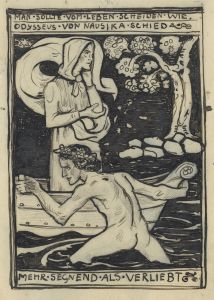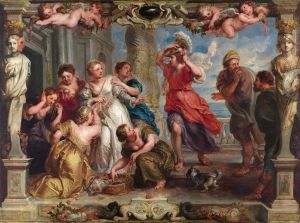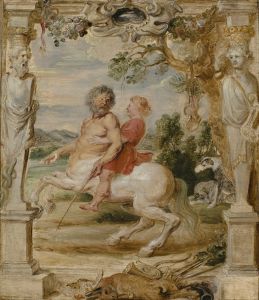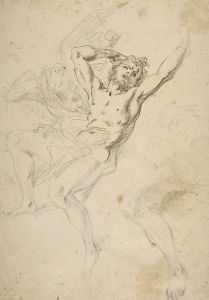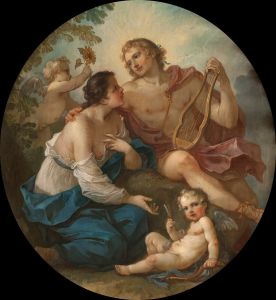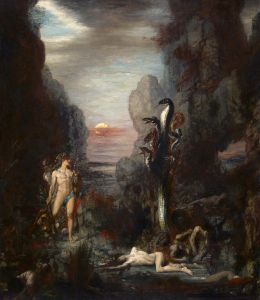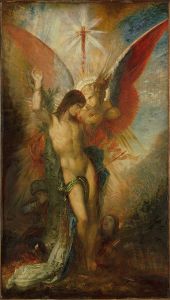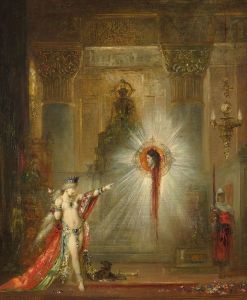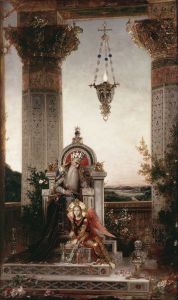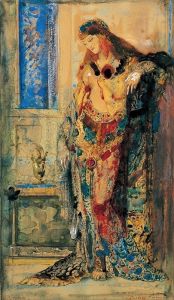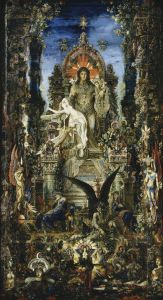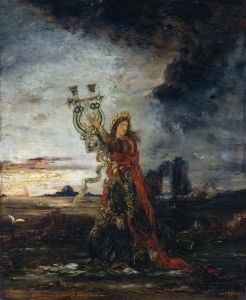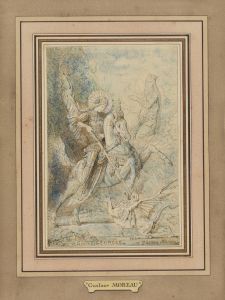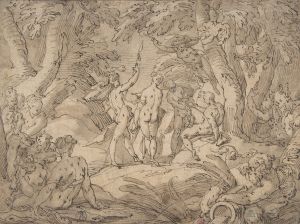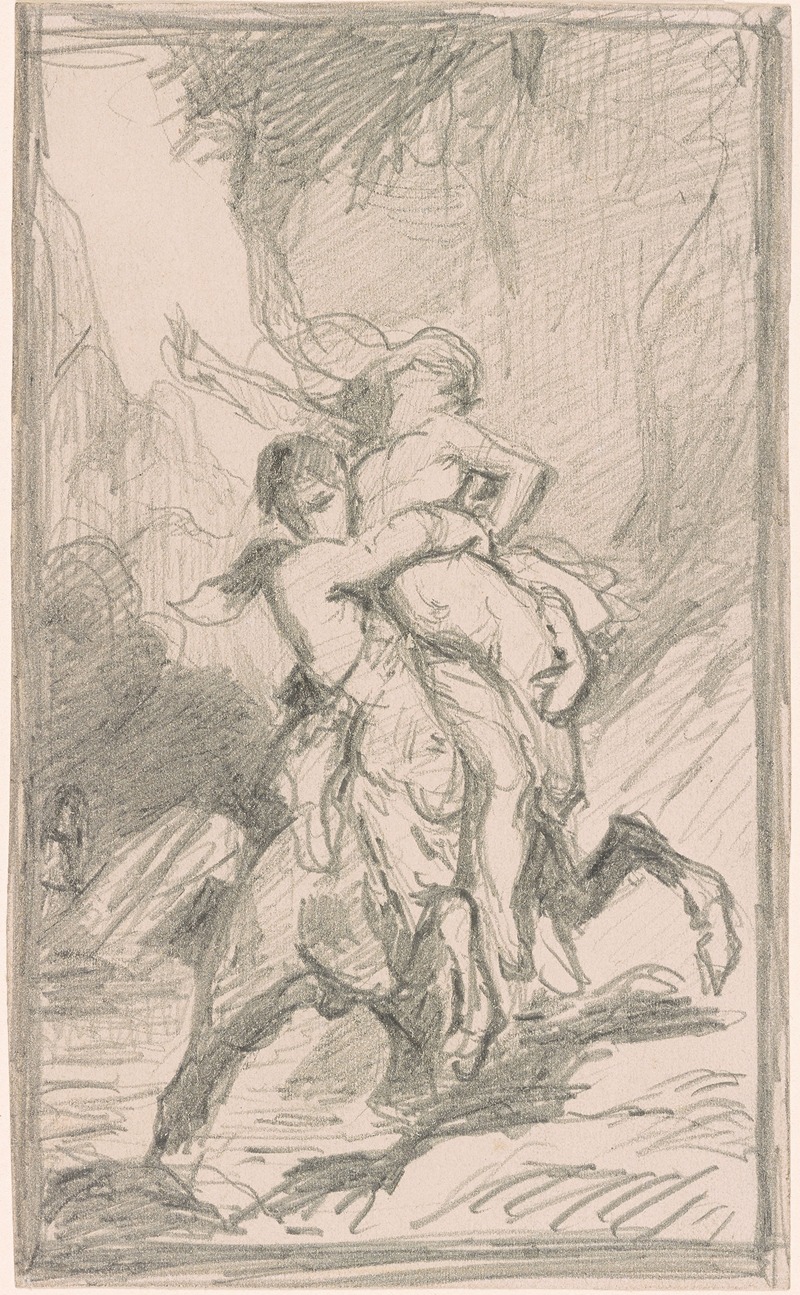
Study for Nessus abducting Dejanire
A hand-painted replica of Gustave Moreau’s masterpiece Study for Nessus abducting Dejanire, meticulously crafted by professional artists to capture the true essence of the original. Each piece is created with museum-quality canvas and rare mineral pigments, carefully painted by experienced artists with delicate brushstrokes and rich, layered colors to perfectly recreate the texture of the original artwork. Unlike machine-printed reproductions, this hand-painted version brings the painting to life, infused with the artist’s emotions and skill in every stroke. Whether for personal collection or home decoration, it instantly elevates the artistic atmosphere of any space.
Gustave Moreau was a renowned French Symbolist painter known for his intricate and imaginative works that often drew upon mythological and biblical themes. One of his notable pieces is "Study for Nessus Abducting Dejanire," which reflects his fascination with classical mythology and his distinctive artistic style.
"Study for Nessus Abducting Dejanire" is a preparatory work that Moreau created as part of his exploration of the myth of Nessus and Dejanire. This mythological story is rooted in Greek mythology and involves the centaur Nessus and Dejanire, the wife of the hero Heracles (Hercules in Roman mythology). According to the myth, Nessus attempted to abduct Dejanire while ferrying her across a river. Heracles, upon discovering Nessus's intentions, shot him with a poisoned arrow. As Nessus lay dying, he deceitfully told Dejanire that his blood could be used as a love potion to ensure Heracles's fidelity. This deception ultimately led to tragic consequences for Heracles.
Moreau's study captures the dramatic and emotional intensity of this mythological episode. His work is characterized by a rich use of color, intricate detailing, and a dreamlike quality that is emblematic of the Symbolist movement. Moreau often employed a highly detailed and ornate style, which can be seen in the way he rendered figures and settings with meticulous attention.
The study likely served as a preliminary exploration of composition, form, and color, allowing Moreau to experiment with different elements before committing to a final version. Such studies were common practice among artists, providing them with the opportunity to refine their ideas and techniques. Moreau's interest in the mythological subject matter is evident in his broader body of work, where he frequently revisited themes of heroism, tragedy, and the supernatural.
Moreau's approach to art was deeply influenced by his desire to transcend the literal and explore the symbolic and allegorical dimensions of his subjects. This is reflected in his choice of mythological themes, which allowed him to delve into complex narratives and explore the human condition through the lens of ancient stories. His work often evokes a sense of mystery and otherworldliness, inviting viewers to engage with the deeper meanings and emotions embedded within the imagery.
"Study for Nessus Abducting Dejanire" exemplifies Moreau's ability to blend narrative content with a unique visual style that is both intricate and evocative. While the study itself may not be as widely recognized as some of his completed works, it offers valuable insight into Moreau's creative process and his enduring fascination with mythological themes. Through this study, Moreau continues to captivate audiences with his imaginative interpretation of a timeless myth, showcasing his mastery of both technique and storytelling.





